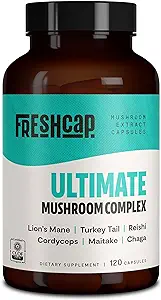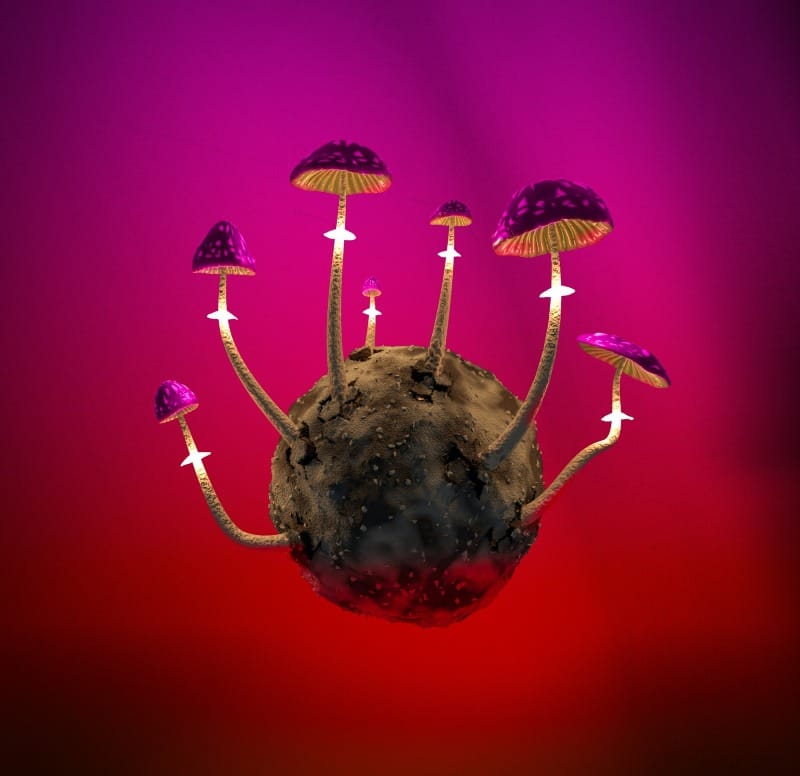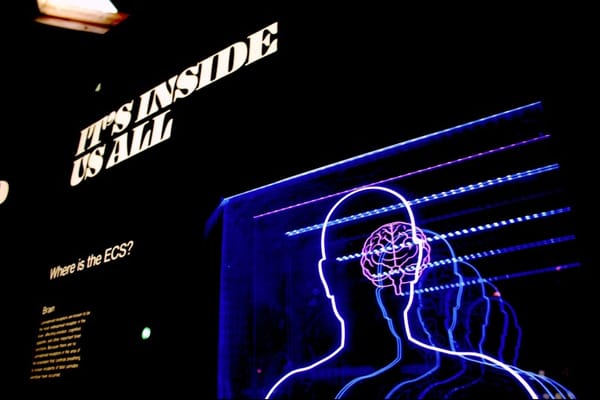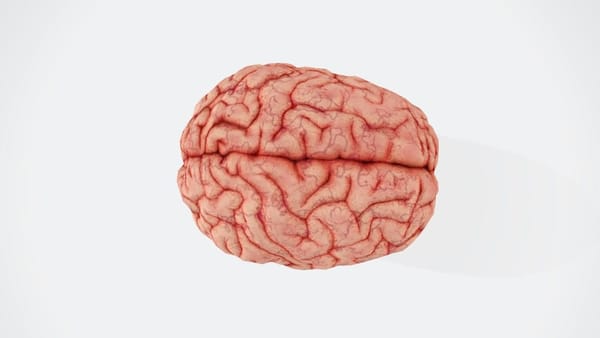Psychedelic mushrooms, also known as "magic mushrooms" or "shrooms," contain naturally-occurring hallucinogenic compounds like psilocybin and psilocin. While these substances can produce profound altered states of consciousness, many people wonder how long they remain detectable in the body after use. This article examines the factors that influence how long psychedelic mushrooms stay in your system and what to expect in terms of detection windows.

Key takeaways:
• The effects of psychedelic mushrooms typically last 4-6 hours
• Psilocybin and psilocin are generally undetectable in urine after 24 hours
• Factors like dosage, metabolism, and frequency of use impact detection times
• Most standard drug tests do not screen for psychedelic mushroom compounds
• More specialized tests may detect use for up to 90 days in hair samples
How psychedelic mushrooms work in the body
When consumed, the psilocybin in magic mushrooms is rapidly converted to psilocin in the body. Psilocin then acts on serotonin receptors in the brain, particularly the 5-HT2A receptor, to produce its characteristic psychedelic effects. These effects usually begin within 20-40 minutes of ingestion, peak after 2-3 hours, and subside within 4-6 hours for most users.
Dr. Matthew Johnson, Professor of Psychiatry at Johns Hopkins University School of Medicine, explains: "Psilocybin is metabolized relatively quickly by the body. The subjective effects typically last about 6 hours, with the peak of the experience usually occurring 2-3 hours after ingestion."
Detection windows for psychedelic mushrooms
The detection time for psychedelic mushrooms depends on the type of drug test used:
Urine tests: Psilocin and its metabolites are generally undetectable in urine after 24 hours. However, some sources suggest it may be detectable for up to 3 days in heavy users.
Blood tests: Psilocin has a short half-life in blood and is typically only detectable for a few hours after use.
Hair tests: While uncommon, specialized hair follicle tests may detect psychedelic mushroom use for up to 90 days.
Saliva tests: There is limited research on saliva testing for psilocybin/psilocin, but detection times are likely similar to blood tests.
It's important to note that most standard drug tests used for employment or legal purposes do not screen for psychedelic mushroom compounds. Dr. Johnson adds, "Psilocybin and its metabolites are not part of standard drug screening panels. Specialized tests would need to be ordered to detect their use."
Factors affecting detection times
Several factors can influence how long psychedelic mushrooms remain detectable in a person's system:
Dosage: Higher doses may lead to longer detection times.
Frequency of use: Regular users may have longer detection windows due to accumulation in the body.
Metabolism: Individual differences in metabolism can affect how quickly the body processes and eliminates psilocybin/psilocin.
Age and body composition: Older individuals and those with higher body fat percentages may metabolize the compounds more slowly.
Hydration levels: Proper hydration may help flush metabolites from the system more quickly.
Other substances consumed: Using other drugs or alcohol alongside psychedelic mushrooms could potentially impact detection times.
Health and safety considerations
While psychedelic mushrooms are considered to have a relatively low potential for addiction or physical harm compared to many other substances, their use still carries risks. These can include:
• Psychological distress or "bad trips"
• Exacerbation of pre-existing mental health conditions
• Impaired judgment leading to accidents or risky behavior
• Potential legal consequences in jurisdictions where they are prohibited
Dr. Robin Carhart-Harris, Head of the Centre for Psychedelic Research at Imperial College London, cautions: "While classical psychedelics like psilocybin have shown promise in clinical research for conditions like depression and addiction, their use outside of controlled settings carries risks. It's crucial for individuals to be aware of the potential psychological and legal ramifications."
Emerging research and future implications
Recent years have seen a resurgence of scientific interest in psychedelic compounds, including psilocybin. Clinical trials are exploring their potential therapeutic applications for conditions such as depression, anxiety, and addiction. This research may lead to the development of more sophisticated detection methods and a better understanding of how these substances interact with the body over time.
As the legal and cultural landscape surrounding psychedelic mushrooms continues to evolve, it's possible that testing protocols and detection windows may change. Some jurisdictions have already moved to decriminalize or legalize the possession and use of psychedelic mushrooms, which could impact how and when they are tested for in various contexts.
Conclusion
Psychedelic mushrooms typically remain detectable in the body for a relatively short period, with most traces eliminated within 24 hours. However, various factors can influence detection times, and specialized tests may identify use for longer periods. As research into psychedelic compounds continues to advance, our understanding of their effects and detection may evolve as well.
If you're concerned about psychedelic mushroom use or detection, it's essential to consult with a healthcare professional or addiction specialist for personalized advice and support.
Stay informed
To stay informed about the latest developments in psychedelic research and their potential implications for health and wellness, subscribe to our newsletter for regular updates on cutting-edge longevity science.
References:
- Johnson, M. W., Griffiths, R. R., Hendricks, P. S., & Henningfield, J. E. (2018). The abuse potential of medical psilocybin according to the 8 factors of the Controlled Substances Act. Neuropharmacology, 142, 143-166. https://doi.org/10.1016/j.neuropharm.2018.05.012
- Tylš, F., Páleníček, T., & Horáček, J. (2014). Psilocybin – Summary of knowledge and new perspectives. European Neuropsychopharmacology, 24(3), 342-356. https://doi.org/10.1016/j.euroneuro.2013.12.006
- Carhart-Harris, R. L., & Goodwin, G. M. (2017). The Therapeutic Potential of Psychedelic Drugs: Past, Present, and Future. Neuropsychopharmacology, 42(11), 2105-2113. https://doi.org/10.1038/npp.2017.84
- Passie, T., Seifert, J., Schneider, U., & Emrich, H. M. (2002). The pharmacology of psilocybin. Addiction Biology, 7(4), 357-364. https://doi.org/10.1080/1355621021000005937
- Nichols, D. E. (2016). Psychedelics. Pharmacological Reviews, 68(2), 264-355. https://doi.org/10.1124/pr.115.011478
Citations:
[1] https://zinniahealth.com/substance-use/psilocybin-mushrooms/duration
[2] https://www.theedgetreatment.com/how-long-do-shrooms-stay-in-your-system/
[3] https://www.choosingtherapy.com/how-long-do-shrooms-last/
[4] https://www.sciencedirect.com/science/article/pii/S0753332223015731
[5] https://www.frontiersin.org/journals/pharmacology/articles/10.3389/fphar.2024.1391689/full
[6] https://www.medicalnewstoday.com/articles/how-long-do-shrooms-stay-in-your-system
[7] https://www.healthline.com/health/how-long-do-shrooms-stay-in-your-system











Member discussion